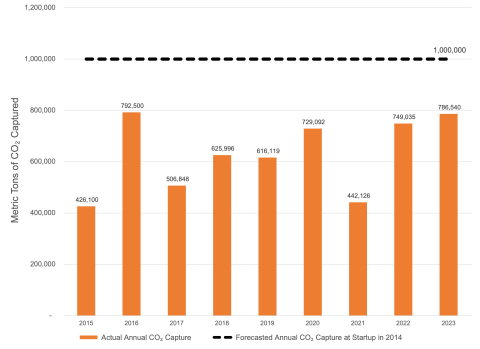In Supreme Court Test, Utility Companies Seek to Further Weaken State Regulators

 The Supreme Court will rule this year on a Maryland dispute with major implications for regional power markets, state regulatory authorities and renewable energy development: the consolidated case of Hughes v. PPL EnergyPlus and CPV Maryland v. PPL EnergyPlus.
The Supreme Court will rule this year on a Maryland dispute with major implications for regional power markets, state regulatory authorities and renewable energy development: the consolidated case of Hughes v. PPL EnergyPlus and CPV Maryland v. PPL EnergyPlus.
In 2012, the Maryland Public Service Commission, concerned about possible electric reliability problems, decided to incentivize the building of new generation in Maryland. Its move came a year after New Jersey passed a law to incentive new power plants in that state. Both programs were challenged by power companies—PPL included—that own power plants within the footprint of PJM, the regional grid manager.
The power companies argued that what the states were seeking to do would undermine PJM’s capacity market. The capacity market establishes prices for capacity, via an auction, three years in advance—a practice that is supposed to provide a price signal for when more power plant capacity needs to be built.
The problem, as Maryland and New Jersey know, is that the capacity market hasn’t actually worked to incentivize new generation where it is most needed. Prices that are known only three years in advance do not provide much assurance to a developer making a 20-plus-year investment in new capacity. Moreover, PJM capacity market prices have fluctuated wildly. As proof that the price signal has not been effective, New Jersey consistently has had among the highest capacity prices in PJM, yet very little new generation has been built there.
What PJM’s capacity market has done effectively is provide payments to existing power plants, helping them remain profitable. It has also incentivized demand- response resources, which can be developed relatively rapidly (though PJM has since moved to limit demand response participation in the capacity market). In 2012, the president of the New Jersey Board of Public Utilities emphasized this problem by noting that “the current [PJM] capacity market is skewed to incumbents and subject to manipulation by incumbents.”
Maryland and New Jersey determined wisely that ensuring resource adequacy in their states required state action.
Both the Maryland and New Jersey programs were struck down in the courts after being challenged by some of the very same incumbent power companies in PJM that benefit from the existing capacity market. The Maryland program is the one that has been appealed all the way to the Supreme Court.
DEREGULATION IN RECENT YEARS HAS ALREADY WEAKENED THE POWER OF STATE REGULATORS. NOW THE POWER COMPANIES WANT TO WEAKEN IT EVEN FURTHER by denying state regulators any tools, other than the PJM capacity market (which states have no control over), to ensure resource adequacy in their states.
As the National Association of Regulated Utility Commissioners has pointed out in a brief supporting the Maryland Public Service Commission’s position, what’s happened in Maryland invites legal challenges that would favor incumbents in other ways as well. Power companies following this legal strategy may also challenge renewable portfolio standards and integrated resource planning—progressive policies that help energy economies evolve toward cleaner, most sustainable models—because they go beyond what is required by PJM’s capacity market.
Cathy Kunkel is an IEEFA energy analyst.













